The United States slipping into a recession is the “most likely outcome,” according to former Federal Reserve chair Alan Greenspan.
Despite the past couple of inflation reports showing a deceleration in the pace of price hikes, he noted that “it does not change the fact that prices are still increasing.”
“Official inflation numbers could remain tame in the near term owing solely to the methodology by which they are measured, most notably housing costs,” Greenspan said. “However, I don’t think it will warrant a Fed reversal that is substantial enough to avoid at least a mild recession. Wage increases, and by extension employment, still need to soften further for a pullback in inflation to be anything more than transitory. So we may have a brief period of calm on the inflation front, but I think it will be too little too late.”
Greenspan isn’t the only Fed alumnus to utter the dreaded r-word.
The U.S. economy is “pretty likely” to face a recession this year, but it might not be a significant downturn, according to former Federal Reserve Bank of New York President William Dudley.
“A recession is pretty likely just because of what the Fed has to do,” Dudley said. “But what’s different this time, I think, is that if we have a recession, it’s going to be a Fed-induced recession, and the Fed can end the recession by subsequently easing monetary policy.”
Dudley further noted that the institution would need to increase the unemployment rate to slow down the economy and return the Fed’s target inflation rate to 2 percent.
But nothing suggests that the United States faces “a big risk of a financial-instability cataclysm that pushes the economy into a deep recession,” he said.
Since March 2022, the Fed has raised the benchmark federal funds rate by 425 basis points, bringing the interest rate to a range of 4.25 to 4.50 percent, the highest level in 15 years. Despite the current rising-rate environment and weakening data, the central bank doesn’t anticipate a recession.
Fed Chair Jerome Powell told reporters at the post-Federal Open Market Committee meeting press conference in December 2022 that the United States would go through a period of “slow growth” and “well below trend.”
Are There Recession Risks?
The growing base-case scenario among Wall Street firms and economists is that the economy will likely experience a recession this year.But while a growing chorus of market analysts are predicting a downturn, many Americans think the country is currently in a recession.
Jason Brady, president and CEO at Thornburg Investment Management, thinks a 2023 recession “is a foregone conclusion,” but “the question remains how intensely we experience a downturn.”
According to ING’s “Economic Outlook 2023,” recession risks are mounting as more businesses pull back, although households are “holding up well right now.”
ING economists say the real estate market downturn will impact the construction industry, creating a ripple effect for the retail sector. The slowing global economy will affect the manufacturing and service sectors.
Fitch Ratings anticipates the U.S. economy entering “genuine recession territory” in the second quarter.
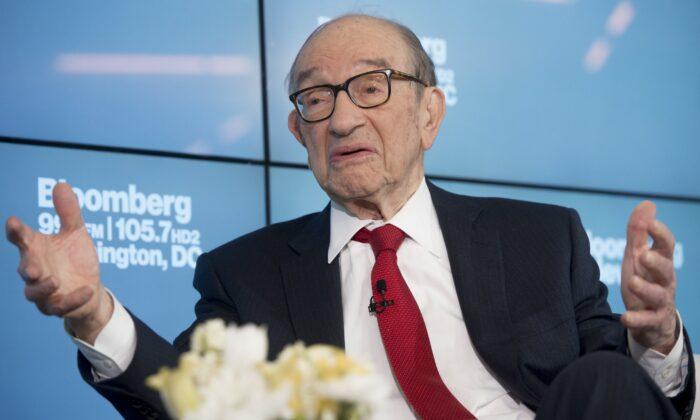

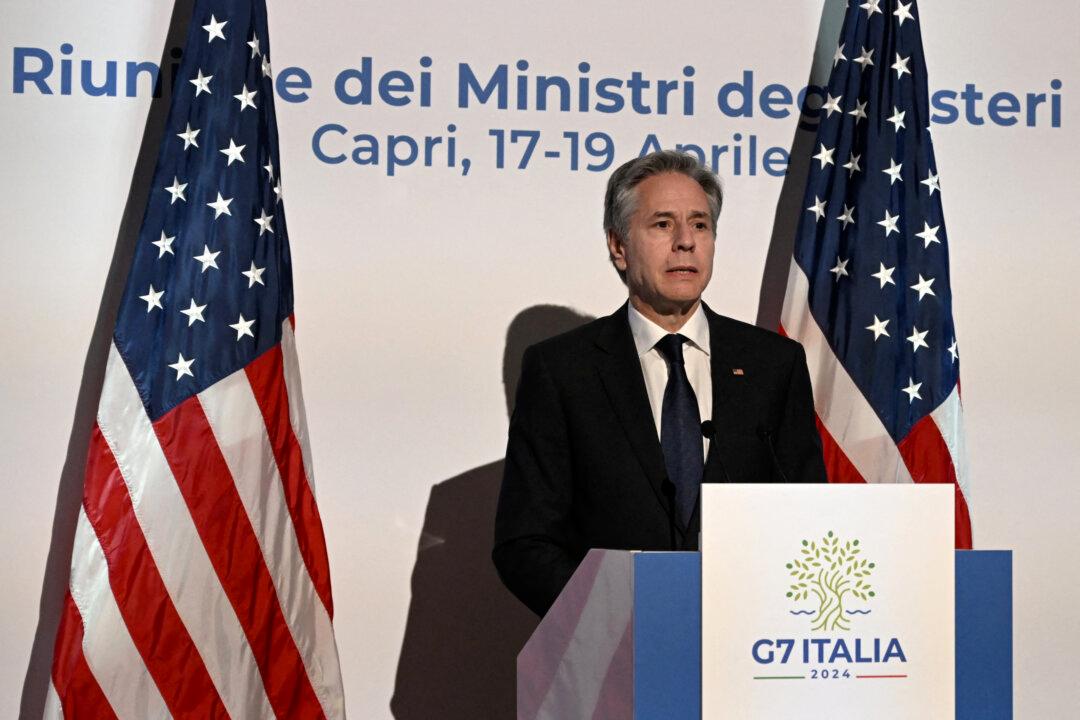
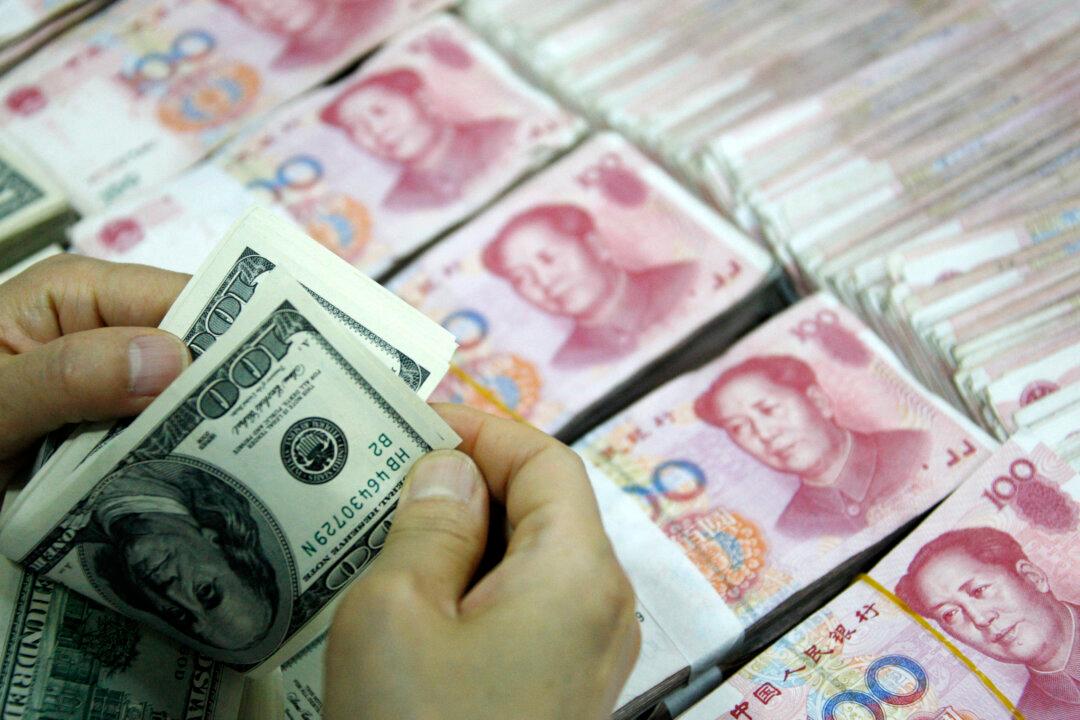
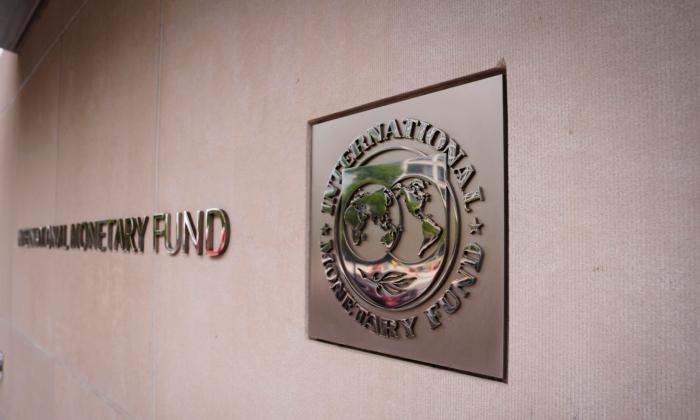
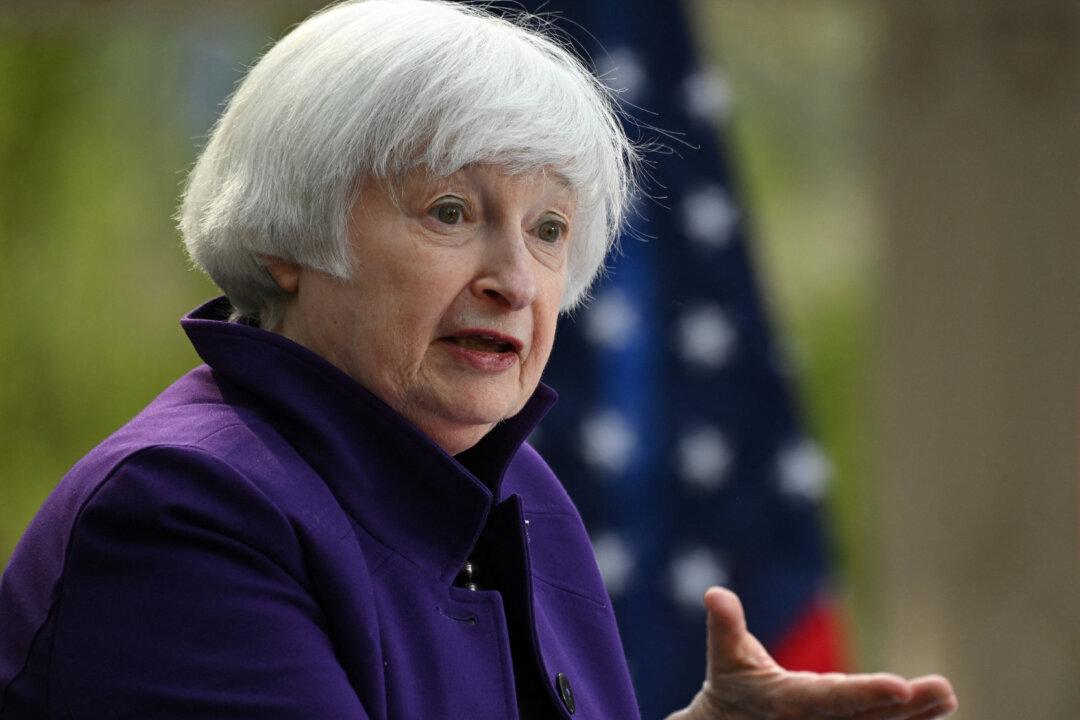
Friends Read Free